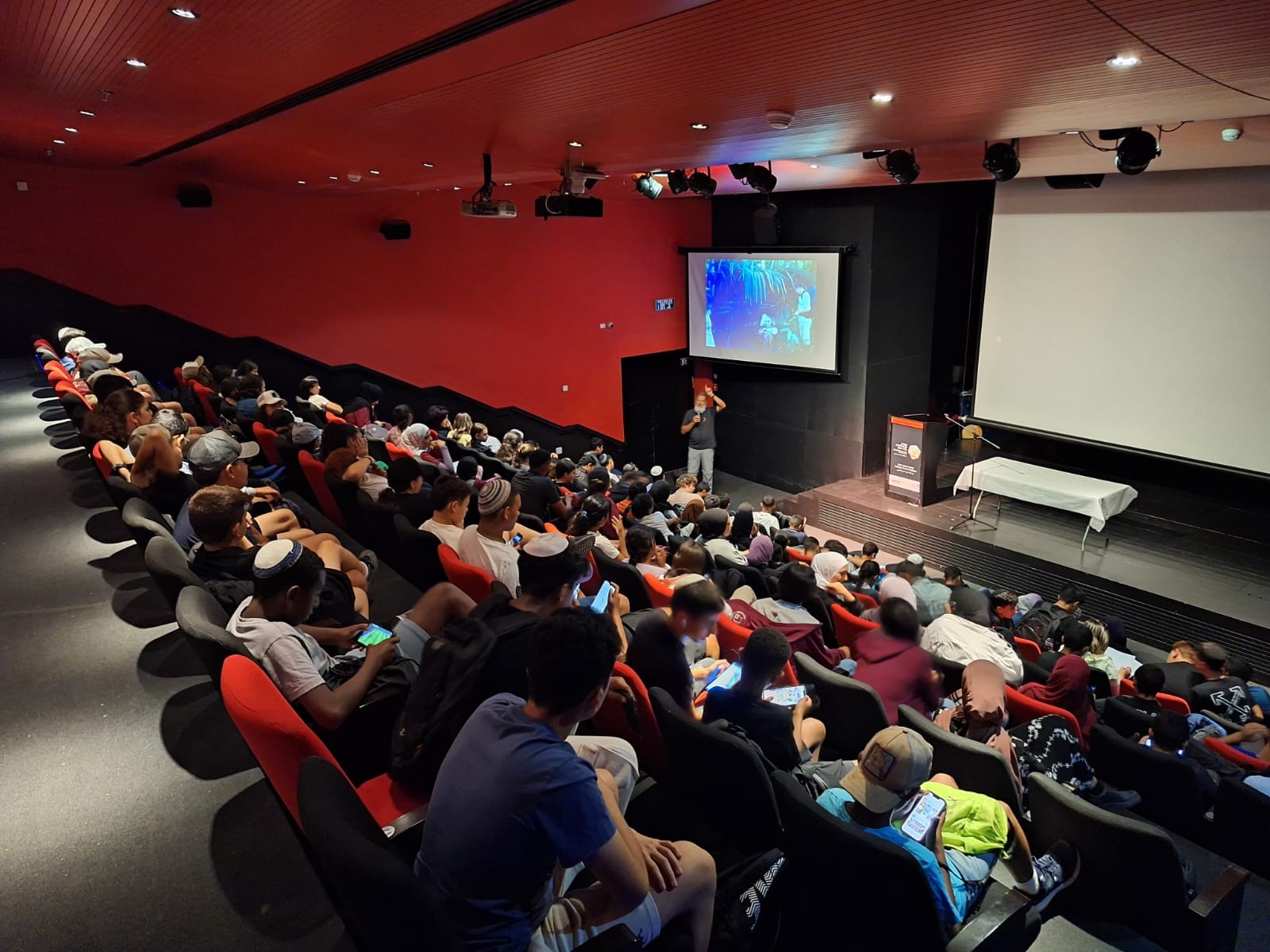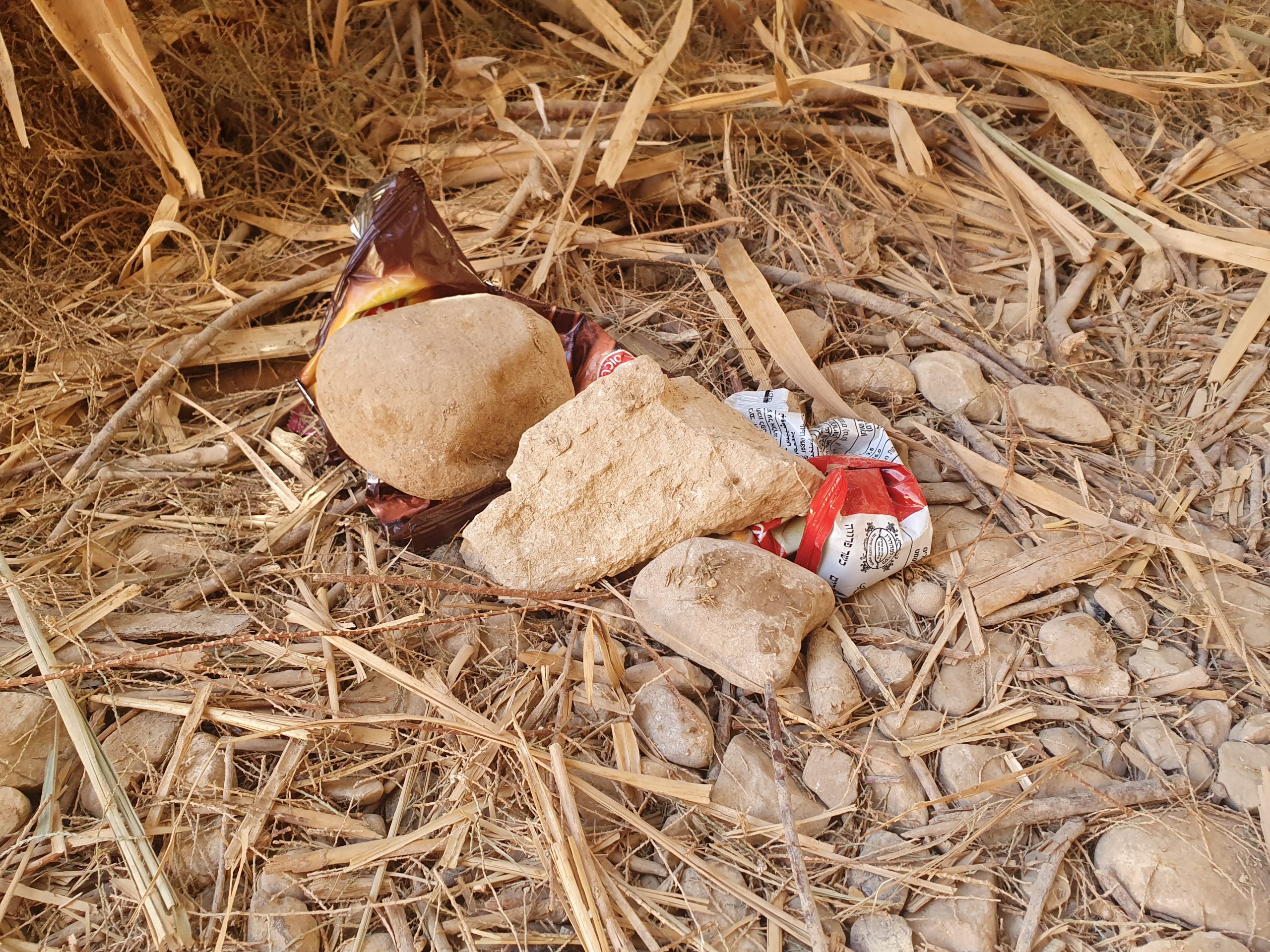Dead in the Water
July 26, 2021Without a present plan in motion to stabilize the Dead Sea, the landscape will continue to deteriorate around it, endangering Israel’s tourism and the lives of its southern citizens. Can it be saved, or is it a lost cause?
Being more than 300 meters deep, upwards of 33% saline, and lying more than 430 meters below mean sea level, the Dead Sea holds the records for deepest hypersaline lake and lowest land-based elevation on the planet making it one of the world’s leading tourist attractions. However, it may soon no longer exist. The fact of the matter is that the Dead Sea is not naturally receiving enough water to sustain itself, causing it to recede at a surprising rate of 1.2 meters (nearly four feet) every year.
But this goes beyond lacking precipitation and intense evaporative processes. Until the 1950s, the Dead Sea would regularly be recharged from fresh flowing streams and rivers from the surrounding mountainous landscape. At the time, the incoming flow of freshwater and the rate of evaporation were more or less balanced, keeping the water level mostly unchanged. But this all went sideways once Israel constructed a massive pumping station on the banks of the Kinneret freshwater lake in the 1960s, diverting water from the upper Jordan River, the Dead Sea’s prime freshwater source, into a pipeline system to supply water throughout the rest of the country. For perspective, the sea needs an infusion of around 600 million cubic meters of water every year just to maintain its current size, and now, it barely receives 10% of that.
From 1960 to 2018, the Dead Sea level dropped a total of 35 meters. At this rate, it is predicted to fall an additional estimated 25 meters by 2036, and most experts predict the sea won’t disappear completely but instead reach an equilibrium as the rate of evaporation slows in the coming decades, but not before losing another third of its present volume.
Sinking Into the Ground
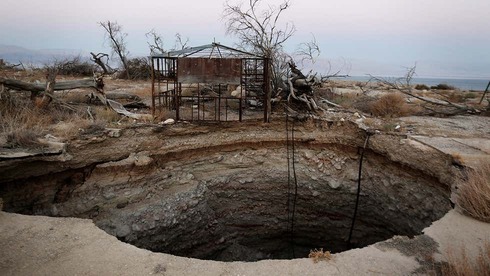
So, why is the Dead Sea’s diminishing water level so concerning? The creation of sinkholes. As the sea evaporates and recedes, the freshwater aquifers along its perimeter also moves towards the retreating sea. As this freshwater diffuses into the salt deposits beneath the surface of the shoreline, the water slowly dissolves the deposits until the earth above is no longer structurally sound and collapses inward, usually without a clear warning. Among other things, this ongoing process has jeopardized human and infrastructure safety, crumbling the area’s tourism and local economy, literally.
“The threat of the sinkholes is only growing and limiting human activity in the area. Further development of infrastructures is very complicated, and some areas can be very dangerous for travelling,” says Dr. Meir Abelson, researcher for the Geological Survey of Israel.
Here, sinkholes vary in size ranging from diameters as small as one meter to as large as 600 meters, and the larger the hole, the more capable it is of endangering people and swallowing trees, cars, and even buildings. From the 1980s, sinkholes first began appearing along the Dead Sea’s shores and since then, over 6,000 others have formed with 75% of them forming since 1997. Unfortunately, this has transformed the surrounding area into an ever increasingly unpredictable environment, so much so that scientists speculate the Dead Sea will be fully barricaded on its northern end, fully eliminating it as an accessible Israeli tourist attraction by 2040.
Numerous events have already occurred throughout the years foreshadowing this disappointing outcome. Because of the frequency of sinkhole formations and lack of guaranteed safety, some tourist resorts and beaches that once attracted thousands of yearly travelers from around the world, are now utterly abandoned.
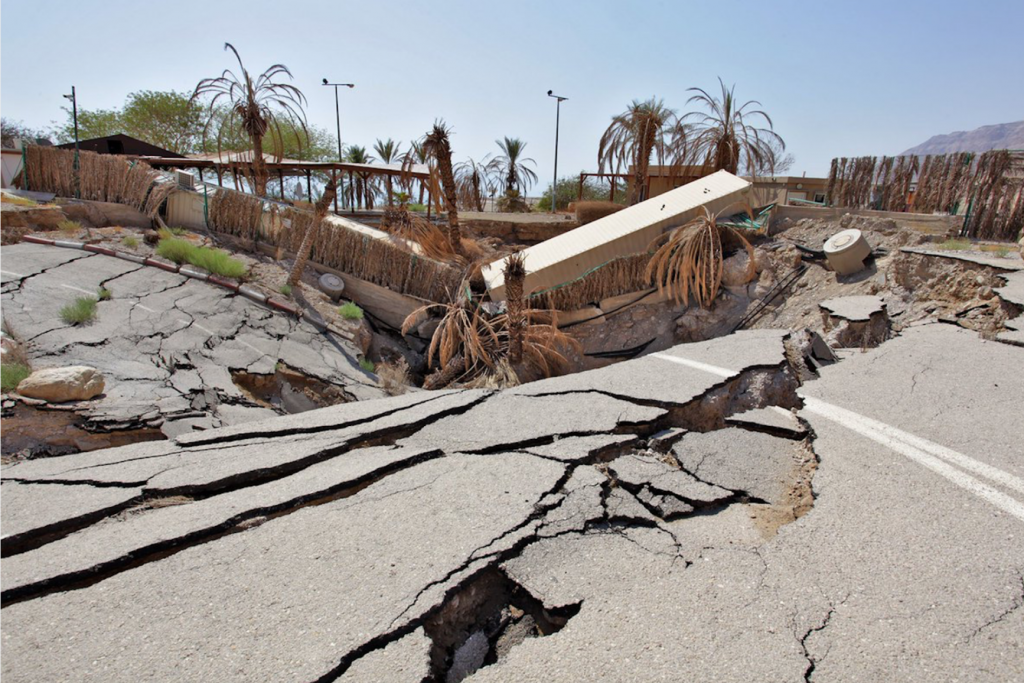
For instance, Mineral Beach, a former resort in the Israeli settlement of Mitzpe Shalem, used to host around 250,000 visitors every year, but had no choice but to close in 2015 when a sinkhole suddenly materialized and caved in the parking lot and a number of rooms. “We are a small kibbutz and this resort was our supporting pillar, economically but also socially,” manager Avi Cohen told NBC News.
Aftermath of sinkhole event at Mineral Beach Resort. Photo courtesy of Dr. Meir Abelson.
Prior to this incident, The Arab Potash Company, located in Jordan, lost a $38 million production unit to a sinkhole in 2000, and the company is expected to undergo an additional $70-90 million loss in future sinkhole damages due to their proximate location to the Dead Sea. Even since 1995, Kibbutz Ein Gedi, located along the Dead Sea’s western shore, has lost over $25 million as a result of severe sinkhole damages.
Is There a Plan?
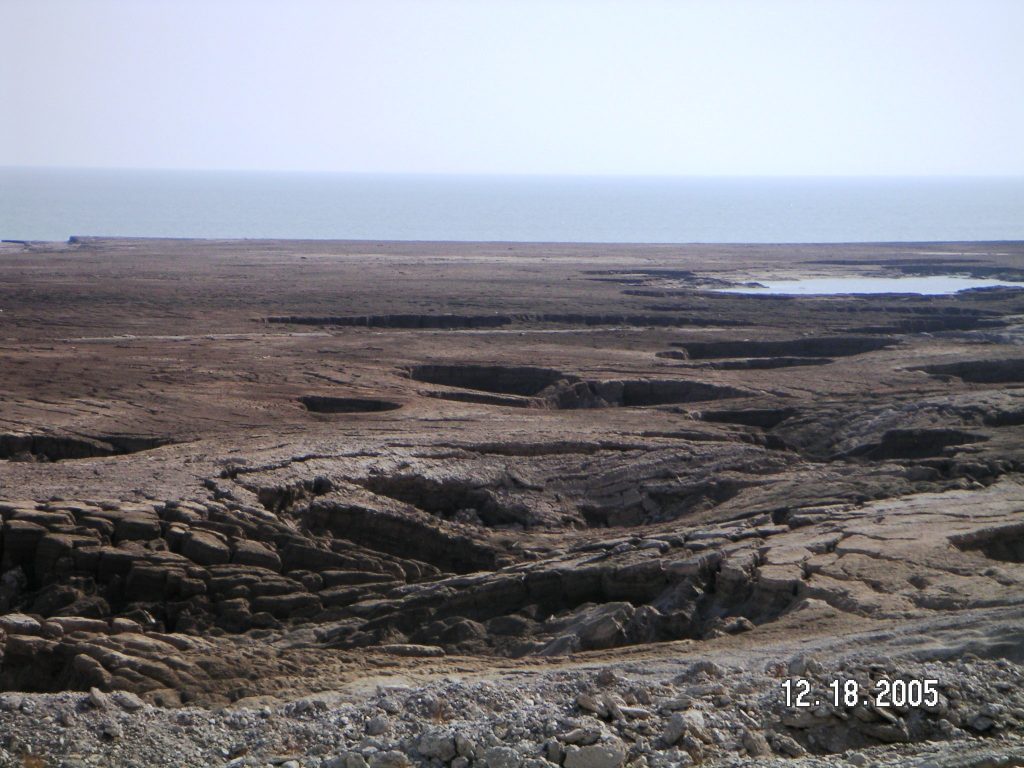
So, what can be done about this? Honestly, the short answer––not much. After more than a decade of research and feasibility studies, Israel, Jordan, and the Palestinian Authority did officially agree to move ahead with the Red Sea-Dead Sea Water Conveyance Project in 2013. But much like the Dead Sea, the plans are currently dead in the water.
The purpose of the pipeline was twofold: to pump 200 million cubic meters of Red Sea seawater to yield 80-100 million cubic meters of freshwater from a new desalination plant in Aqaba, Jordan to be shared with southern Israel, and to pump the remaining brine––the highly concentrated byproduct––to an elevation of 220 meters, taking advantage of the uphill topography, before being redirected 650 meters downwards to operate a hydroelectric power plant on its way to help reduce some of the Dead Sea’s water level decline.
Reasons for the indefinite hold range from the 11 billion dollar price tag, to the recent stretch of Israel’s inactive government, to Israel’s presently tense geopolitical relationship with Jordan. Although supporters of the project see this as the Dead Sea’s only hope of salvation and addressing the rate of sinkhole formation, critics remain skeptical of the potential tradeoffs, citing environmental concerns for the Red Sea’s network of climate-resilient coral reefs and the landscape of the Arava Valley as well as the likely technical, economic, and civil repercussions. And due to this financial and diplomatic gridlock, the Dead Sea continues to recede and wither away.
“I do not know how we can stop it,” says geologist Dr. Meir Abelson of Israel’s Geological Survey. “I am not convinced the Red Sea-Dead Sea canal would alleviate sinkhole development. In general, I believe that any human intervention in nature can be harmful because we can never anticipate all plausible consequences.”
In the absence of a satisfactory solution for the Dead Sea’s restoration, the next plan of action is to track and predict where the dangerous sinkholes would most likely appear, and Dr. Abelson’s research does just that. Using InSAR and nanoseisimc monitoring to detect concealed areas of subsurface cavities, he and his colleagues are able to map risk zones and predict where sinkholes will form before they collapse. Even though monitoring does not prevent the sinkholes from occurring altogether, Abelson’s research certainly works to inform safety measures to take place before it’s too late.
Although smaller sized sinkholes can be filled in with concrete and clayey sand, this can only happen once they have stopped growing. Because the sinkholes around the Dead Sea are continuously expanding, planners have opted for temporary damage control. Many have also considered making the sinkholes into a tourism attraction, placing a positive spin on an otherwise alarming situation.
Although exacerbated by rising global temperatures more consistently exceeding 40°C (>104), the Dead Sea’s shrinkage is a product of human activity. It’s mainly due to the Israeli and Jordanian Dead Sea factories that extract chemicals such as potassium and other fertilizers by evaporating its seawater and pumping natural freshwater feed sources. Dead Sea industrial activity continues to evaporate 280 million cubic meters of its water each year, and no progress has been made replenishing the Dead Sea deficit. Therefore, we can expect a very different looking Dead Sea over the next thirty years.
This ZAVIT Article was also published in YNET News on 24 Jul. 2021
